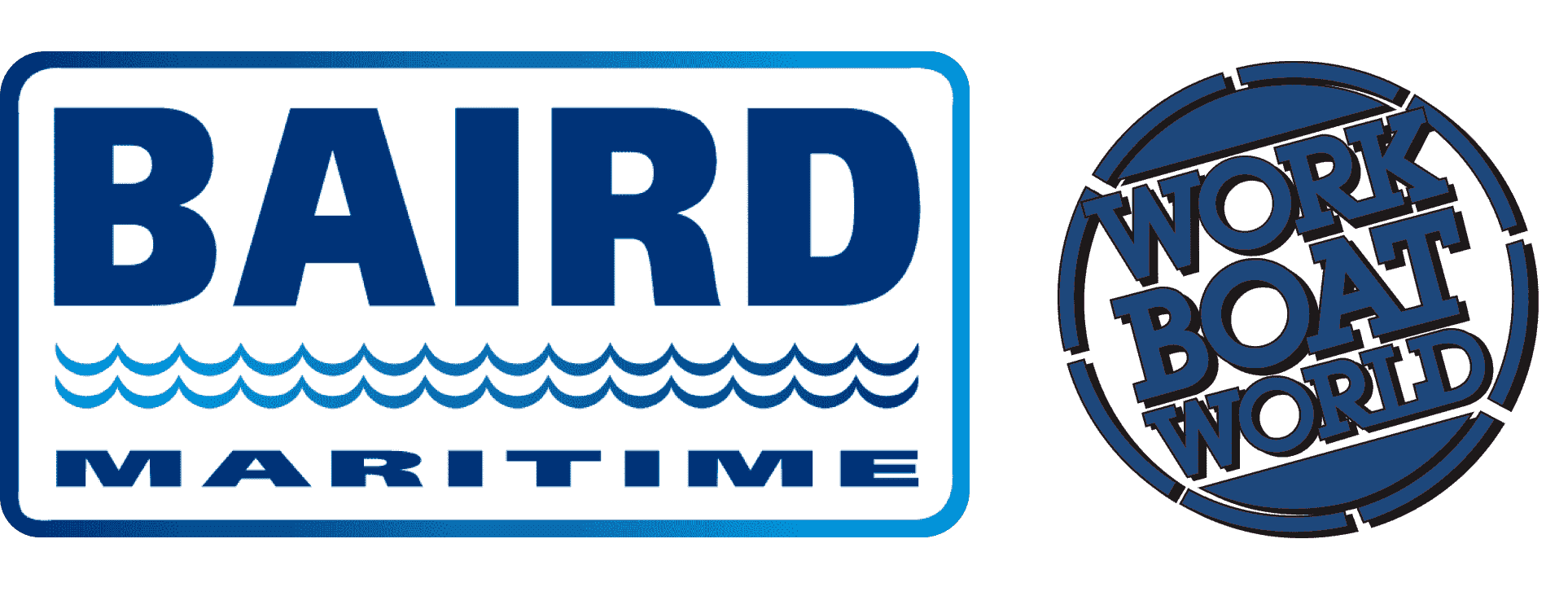VESSEL REVIEW | Allison Creek – Alaska operator places spill response barge into service
Dakota Creek Industries (DCI) of Anacortes, Washington, recently handed over a new oil spill response barge (OSRB) to Alaska-based Alyeska Pipeline Service Company (APSC). Designed by the Elliott Bay Design Group (EBDG) of Seattle, the vessel has been named Allison Creek after a creek in Valdez, Alaska. As the barge is non-self-propelled, it is usually paired with a self-propelled belt skimmer or tug.
The barge is specifically designed to meet the rigorous requirements in Prince William Sound. It has a capacity of 13,600 barrels, an LOA of 200 feet (61 metres), a beam of 42 feet (13 metres), and a depth of 16 feet (4.9 metres). The vessel will be moored in Alaska, and it will spend much of its service life tied to a buoy with periodic activation for drills with local vessels.
Serving a vital state terminal facility
The barge is certified by the United States Coast Guard (USCG) for the recovery and disposal transport of petroleum products, ensuring compliance with applicable requirements outlined in USCG 46 CFR Subchapter D. Additionally, the vessel is classed by the American Bureau of Shipping (ABS) for Oil Spill Recovery.
"The new Allison Creek replaces an oil spill response barge of the same name," Mike Day, Ship Escort/Response Vessel System (SERVS) Operations Manager at APSC, told Baird Maritime. It was built to store 13,600 barrels of recovered crude and provide some deck storage in accordance with the State of Alaska's oil spill contingency plan."
Day explained that the use of the barge is in line with APSC's oil spill contingency plan for the Valdez Marine Terminal Facility. As APSC is the response organisation for tankers that transit Prince William Sound, the barge ensures the company's compliance with that contingency plan.
"This particular OSRB is an unmanned, single-skin tank barge," remarked David Turner, Project Manager with EBDG. "It has many features in common with a typical tank barge, but the single-skin sets it apart from most tank barges built today."
Turner said that, during operations, the OSRB will work closely with smaller barges or craft alongside. The design therefore incorporates prominent Morgan ladders and mooring points both fore and aft, port and starboard. It also has four containers on deck for carrying oil spill recovery gear.
"The owner has been operating barges adapted from prior commercial service," added Turner. "This experience has informed many of the design decisions with a focus on maintainability and safety."
Greater efficiency and enhanced safety features
In Turner's view, the brief itself was forthright but crucial. APSC required a minimum capacity of 11,000 barrels and an approximate length and beam of 200 feet and 42 feet, respectively. EBDG took the initial design brief and produced a concept layout based upon it, with incremental changes being made throughout the design process.
"The detail design occurred in parallel with construction, which is not an unusual situation," said Turner. "This meant there was a dynamic balancing of shipyard standards, owner input, regulatory requirements, and feedback. FEA was utilised in several instances to achieve the first two while satisfying the third."
During the contract design, the vapour header was run the length of the cargo tanks at approximately eight feet (2.4 metres) above the deck, combining all the tank vents to a single flame arrestor. Elevating the pipe in this manner keeps the deck clear for personnel movement.
"The piping configuration was changed with each port/starboard tank pair having its own local riser and flame arrestor," Turner told Baird Maritime. "So, while the original configuration had some real advantages to it, this was another clear example of the value brought to the design process by operators and local knowledge."
The barge has a conventional electrical configuration with two Caterpillar 90ekW generators and a shore power feed to a switchboard. The generators are configured for parallel operation.
The machinery house contains an HPU that powers the pumps, a hose handling crane, and two davits. There is also an aft anchor winch that is electrically powered. The onboard facilities meanwhile include an office for personnel and containers for housing spill response equipment.


